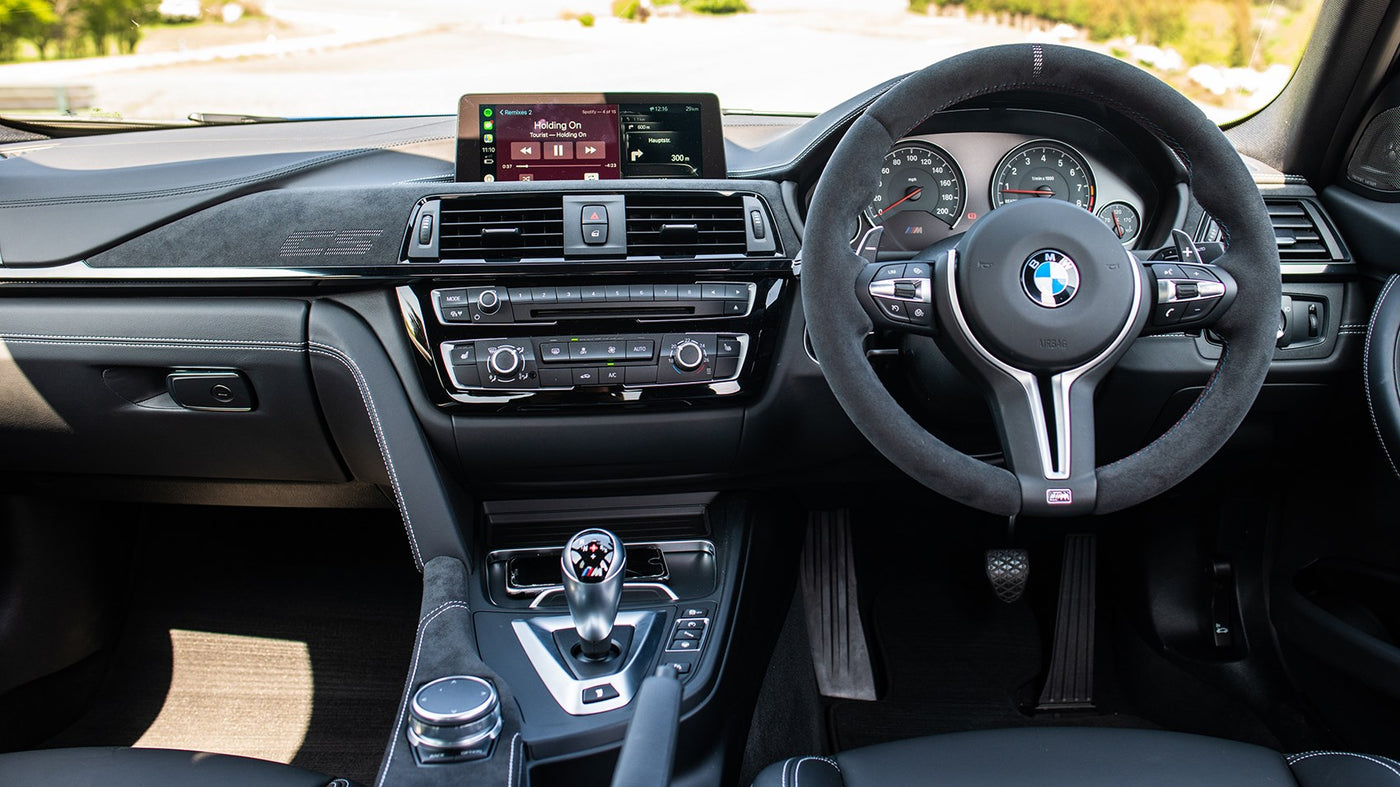In a move aimed at boosting US automotive exports, the United States is reportedly urging the UK to reduce its standard 10% import tariff on American-made vehicles to 2.5% — aligning it with the tariff the US already applies to British cars - WSJ reports.
The proposal is part of a broader effort by the US to rebalance trade terms post-Brexit and to open up new markets for its domestic carmakers, many of which are struggling to stay competitive in overseas markets dominated by European and Asian brands.
While the aim is to improve export access and potentially stimulate demand for American vehicles in Britain, questions remain about how realistic that outcome is — especially in light of practical, economic, and environmental barriers on the UK side.
Tariffs vs. Market Realities
In theory, cutting tariffs should make American cars more affordable for UK consumers. But in practice, the demand for US-made vehicles in Britain is already low — and not solely because of cost. Many US models are left-hand-drive, oversized for British roads, and built with very different consumer preferences in mind.
They also tend to favour petrol engines with high emissions, which goes against the grain of the UK’s push for efficiency and lower carbon output. Even if the tariff were reduced, the reality is that these vehicles still require expensive modifications to comply with UK safety and environmental standards.
Regulatory Pressure and Tax Realities
While tariff reductions are being proposed, the UK government is ramping up pressure on high-emission vehicles through taxation. As of April 2025, Vehicle Excise Duty (VED) rates have increased significantly — especially for petrol and diesel vehicles that don’t meet modern environmental standards.
Take the Ford F-150, a US bestseller, as a real-world example. The base model starts at $36,770 (approx. £29,500), but once landed in the UK, costs quickly escalate:
- CO₂ emissions (petrol model): ~342g/km
- VED (first year): £5,490
- VAT (20%) on total value: ~£6,000
- Import duty (at proposed 2.5%): ~£740
- Conversion/modification costs: Several thousand pounds (if needed)
Even in its most basic form, the F-150 becomes a £45,000+ proposition in the UK — and that’s before optional upgrades or right-hand-drive conversion. It’s a clear example of how tariff cuts won’t necessarily make US vehicles viable for UK consumers.
Fit for Purpose? Not Quite
UK roads, urban layouts, and fuel prices make bulky US vehicles like the F-150 impractical for most buyers. And with regulatory emphasis now shifting toward cleaner, electrified vehicles, American manufacturers would need to offer right-hand-drive, low-emission, and tax-efficient models to make any serious impact in the UK market.
So, What’s the Point?
With limited demand, high conversion costs, and tightening environmental regulations, the benefit of reducing tariffs on US vehicles seems more symbolic than substantial. It may serve diplomatic or political purposes more than economic ones — unless it forms part of a broader trade agreement that includes tangible wins for the UK.
Conclusion
The US-UK tariff talks might sound promising on the surface, but without real alignment on vehicle design, emissions, and consumer demand, their practical value to the UK automotive industry is questionable. For meaningful progress, it’s not tariffs that need adjusting — it’s the vehicles themselves.


